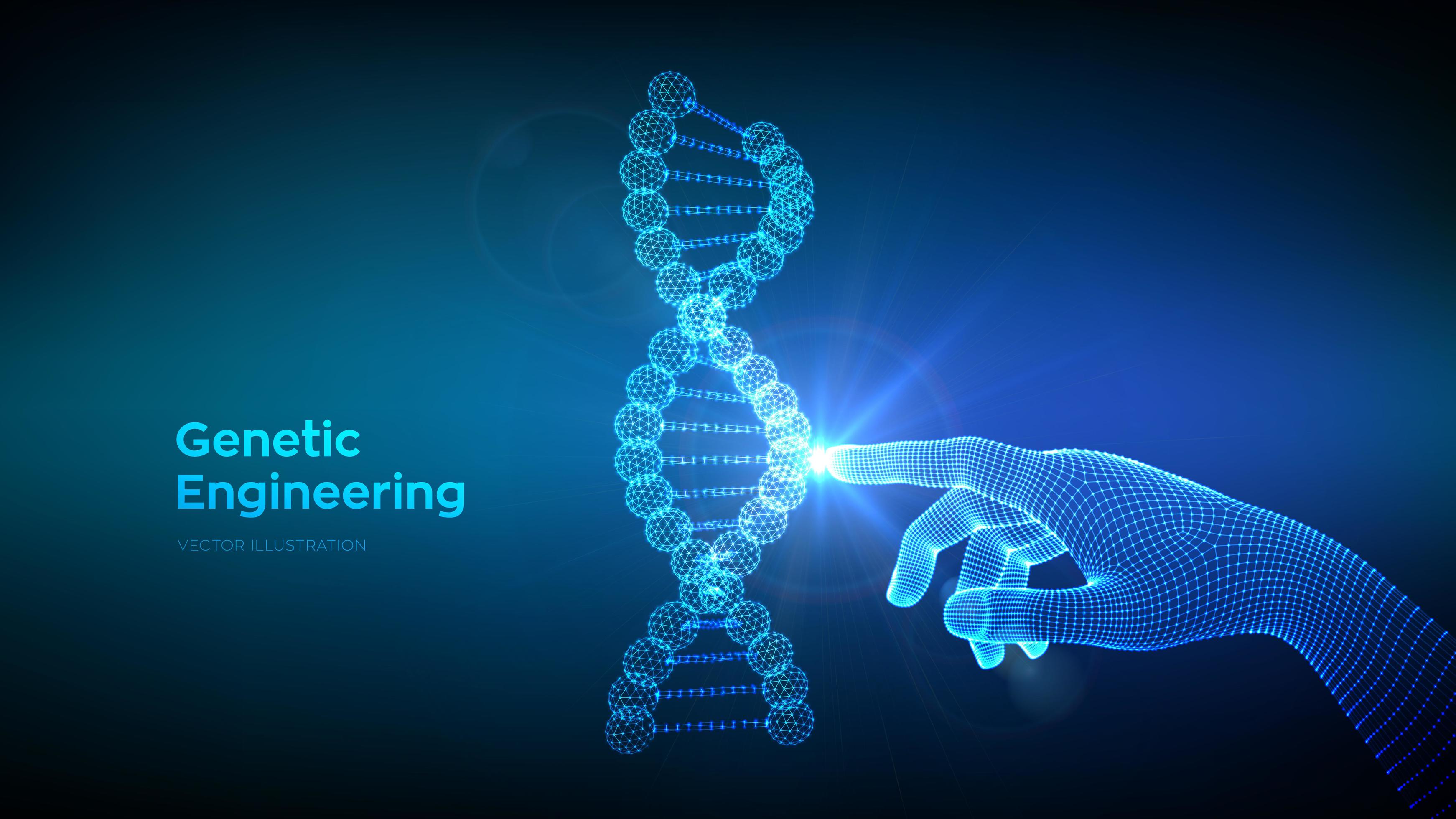

Dna sequences update#
With the advent of modern biotechnology and genome sequencing, a growing number of signatory states believe that the Nagoya Protocol needs an update to incorporate digital sequence information. Because the Nagoya agreement is designed to manage and regulate benefits from utilization of genetic material, it would also cover the sequencing of genomes derived from sample collection. Genetic resources and materials are generally viewed as any material from an organism that contains DNA, RNA, or proteins.Ĭollecting a sample of tissue from an organism falls under the Nagoya Protocol, but there has been some debate about whether digital sequence data derived from tissue samples are also included. Effective as of 2014, the Nagoya Protocol has been ratified by 109 countries and provides the standard for use of genetic resources and genetic material. The Nagoya Protocol is the supplement to the Cartagena Protocol on Biosafety to the Convention on Biological Diversity, the international agreement that governs sharing of benefits arising from use and study of genetic resources. A balance must be struck between regulating the fair use of digital sequence information and international scientific collaboration. However, the free use of this digital sequence information without benefiting the nations where biodiversity lives creates a conflict with the Nagoya Protocol on Access and Benefit Sharing.

Shareable, open-access digital sequence information enhances the global scientific enterprise. Converting the biochemical nature of DNA into digital format allows the global and rapid sharing of this information which creates more reproducibility in research, data access for all, and allows other researchers to ask new questions of the same data. With the creation of high-throughput DNA sequencing technology, researchers can now generate entire genome sequences for all biodiversity on Earth.


 0 kommentar(er)
0 kommentar(er)
